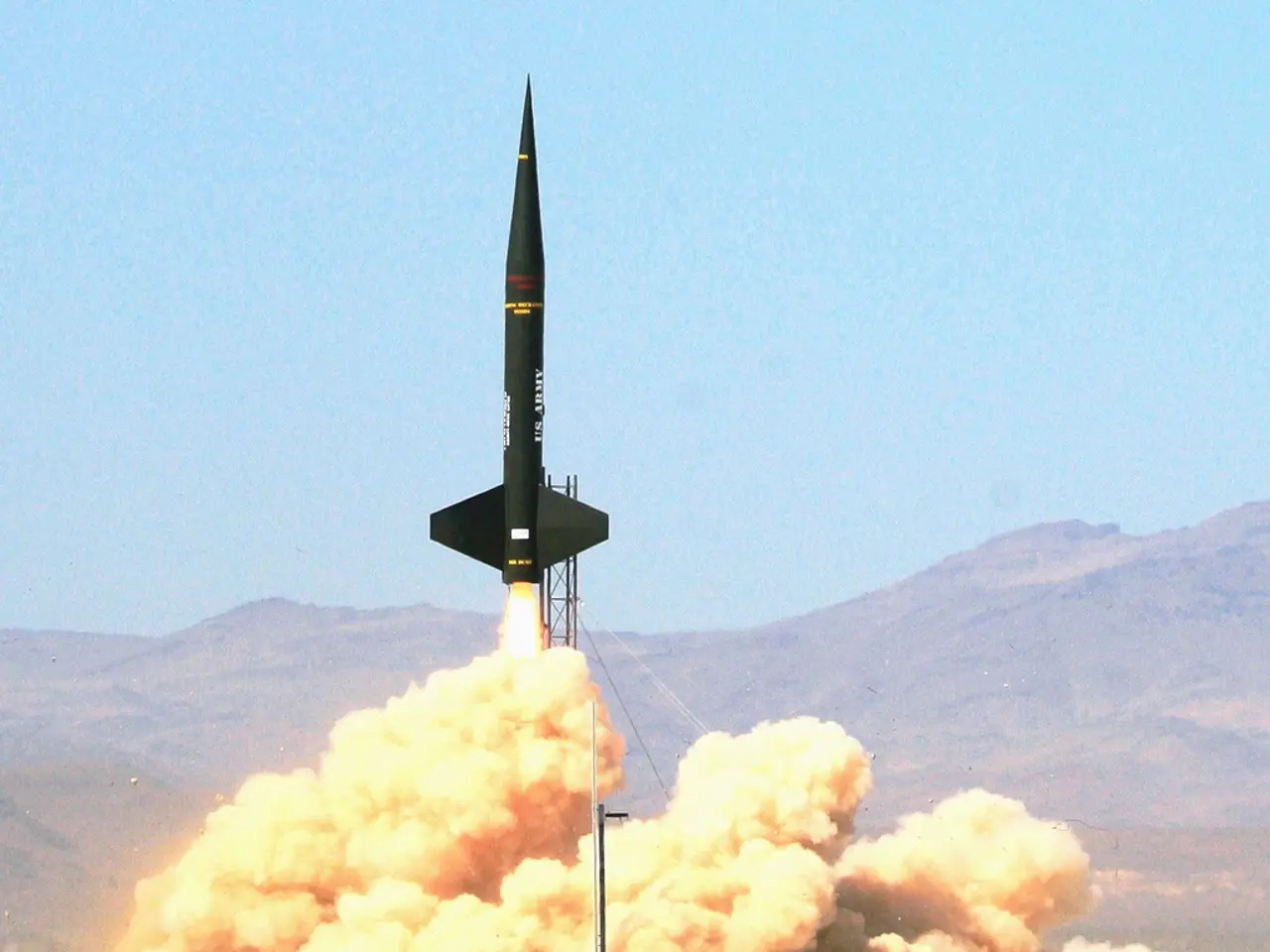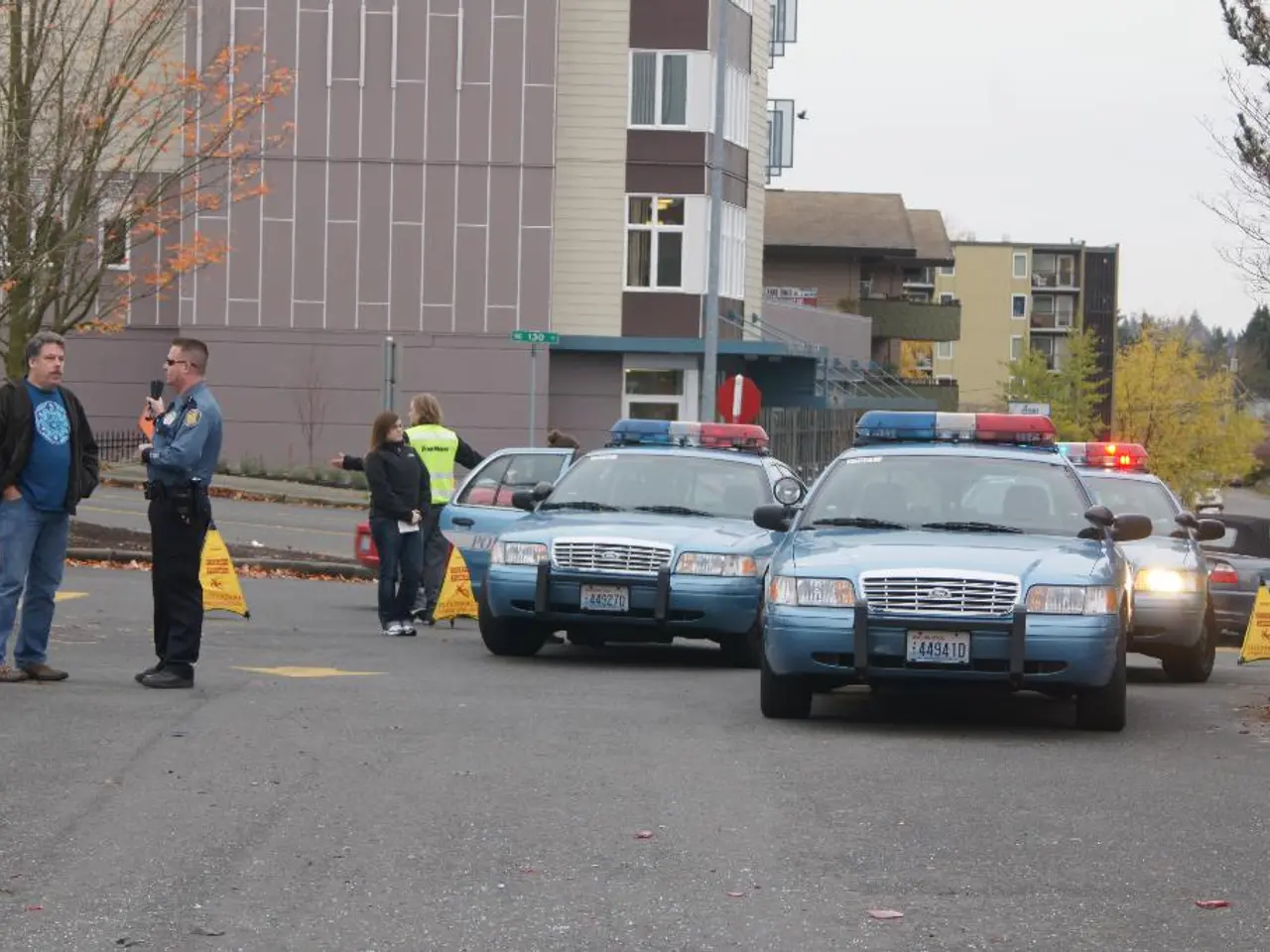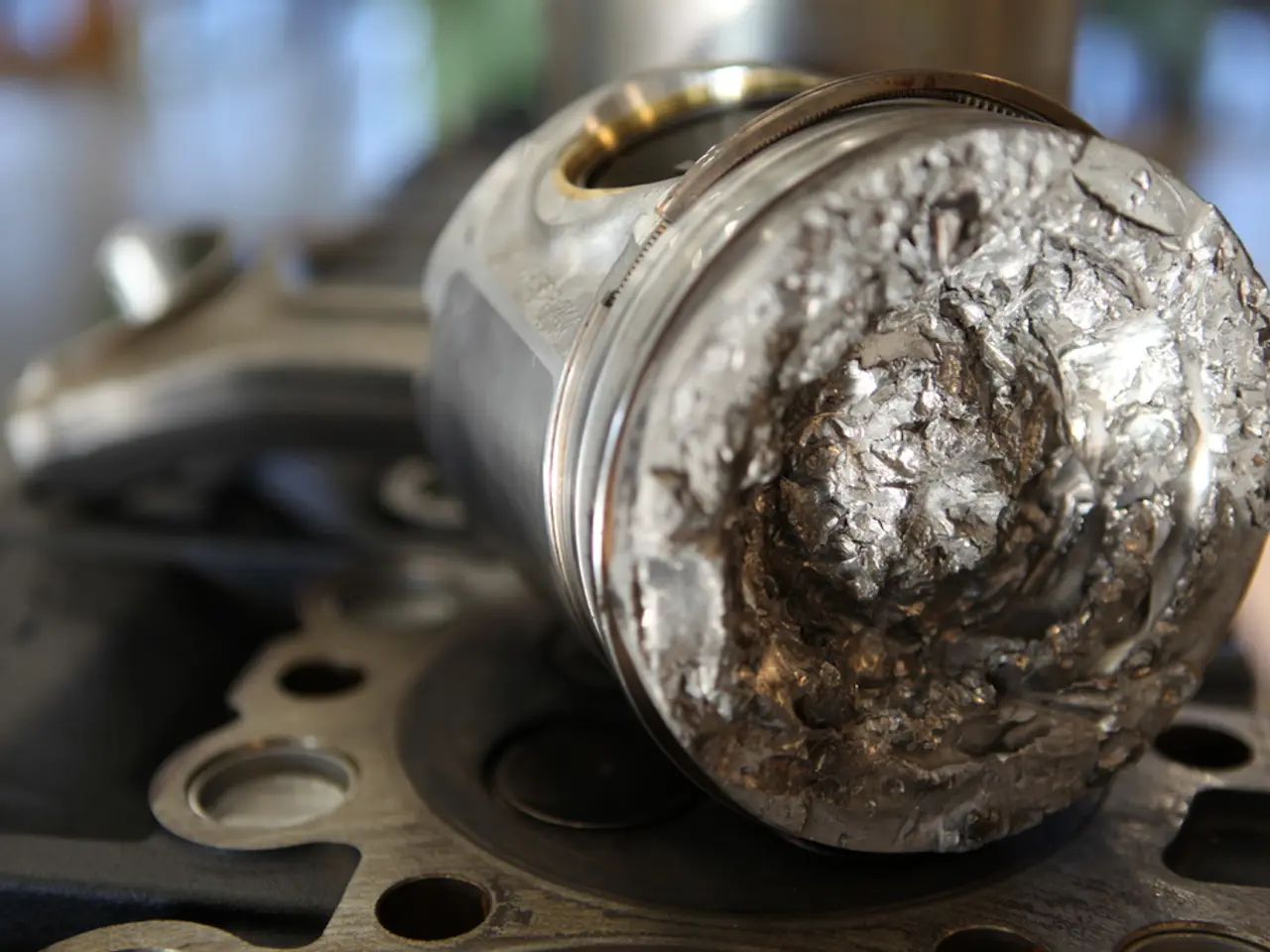Drivers grapple with the "skyrocketing and plummeting" impact of fuel costs
In a recent report by the Cartel Office, it has been revealed that a gas station previously identified as the cheapest in the area has a high probability of remaining so in the following hours. This finding offers at least some reassurance to consumers who are often left grappling with almost hourly price fluctuations at the pumps.
This phenomenon, known as the 'rocket-and-feather effect', describes how rising costs are quickly adjusted in sales prices, while falling costs are only slowly passed on to customers. When crude oil costs increase, gasoline prices tend to rise sharply and immediately, much like a rocket. Conversely, when crude oil prices decrease, the reduction in pump prices is more gradual, akin to a feather falling slowly.
This pricing pattern arises due to gas stations and retailers swiftly passing on cost increases to consumers, often in response to supply shocks or geopolitical tensions that raise wholesale prices. However, when prices at the wholesale level drop, retailers are slower to reduce their pump prices, sometimes due to pricing strategies, market friction, or efforts to maintain profit margins.
As a result, consumers experience rapid and noticeable increases in fuel costs when crude oil prices rise, but benefit less quickly when prices fall. This discrepancy can lead to a perception of unfairness or exploitation, as geopolitical tensions in oil-producing countries can cause abrupt rises in fuel prices at the pump within days, while reductions in prices tend to lag by one to two weeks or more.
The Cartel Office's observations reveal strong fluctuations in gasoline prices within individual days, changing an average of 22 times a day in the second quarter. These fluctuations have sparked a debate about whether they make it impossible for customers to identify the cheapest gas station and reach it in time.
However, the report also shows that the probability of a cheap gas station maintaining its low price decreases over time but remains significant even after several hours. For instance, within 15 minutes of observation, the probability was 79 percent, and after 30 minutes, it was still just under two-thirds (72 percent).
The German competition authorities are currently investigating how long a cheap gas station remains cheap, and consumer advocacy groups like ADAC have criticised the slow decrease in gasoline prices, even a week after the latest significant drop in oil prices.
Despite these challenges, the report offers a glimmer of hope for consumers looking for the best deals at the pump. By keeping an eye on the cheapest gas station and being prepared to act quickly, drivers can potentially save significant amounts of money on their fuel costs.
The community can benefit from the ongoing investigation by the German competition authorities and consumer advocacy groups like ADAC, as they aim to address the slow decrease in gasoline prices, even after significant drops in oil prices. This could potentially lead to a more community-friendly employment policy, ensuring fair prices for consumers and reducing financial burden, particularly in the energy industry.
In light of the 'rocket-and-feather effect' and the frequent fluctuations in gasoline prices, it becomes crucial for employment policies within the industry to prioritize transparency and swift adjustment of prices in response to changes in wholesale prices, ensuring a fair and efficient market for all consumers.




